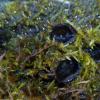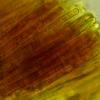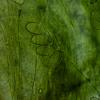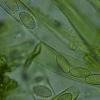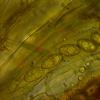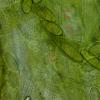
24-12-2025 17:08
Hulda Caroline HolteHello, I have found this propoloid ascomycete on

21-12-2025 09:32
Hello.A tiny ascomycete found embedded in wood in

21-12-2025 21:32
Pol DebaenstHello, Garden, Burgweg 19, Veurne, BelgiumOn 10/1

22-12-2025 23:38
Patrice TANCHAUDBonsoir, récolte sur un mur en pierre, apothéci

22-12-2025 00:47
Patrice TANCHAUDBonsoir, récolte à proximité du milieu dunaire

.. collected in National Park "Jotunheimen", near Spiterstulen, at an altitude of about 1400 m NN, in Fjell-vegetation, on 16.07.2018.
Not all spores were as large as in the measurement (in one of the pictures, up to 22 µm), but some were only about 16-19/8-10.
I found a Peziza alaskana that could perhaps fit. Does somebody agree or contradict?
Best regards, Lothar
wenn man die Beschreibung von Trond Schumacher in "Arctic and Alpine Fungi - 4" vergleicht, dann passt eigentlich alles zu P. alaskana, von der Makroskopie über die Sporen bis zur Ökologie. Nur kann ich nicht genau erkennen, ob die Paraphysenspitzen "purplish black pigments and exudates" haben. Und dann steht da noch ein Fachausdruck, den ich noch nie gehört habe: "clusters of paraphysal apices embedded in purplish brown matrix forming a 'pseudomazaedium'.
LG, Till

Hallo Till,
vielen Dank für Deine Meinung - da bin ich dann zumindest nicht ganz falsch. Ich werde die Probe demnächst noch einmal ansehen und versuchen, einen guten Schnitt zu machen.
Mazädium ist ein Ausdruck, der mir bei Flechten schon mal begegnet ist (coenocarpe Flechten). Muss ich mir aber auch erst nochmal ansehen.
Herzliche Grüße!
Lothar

